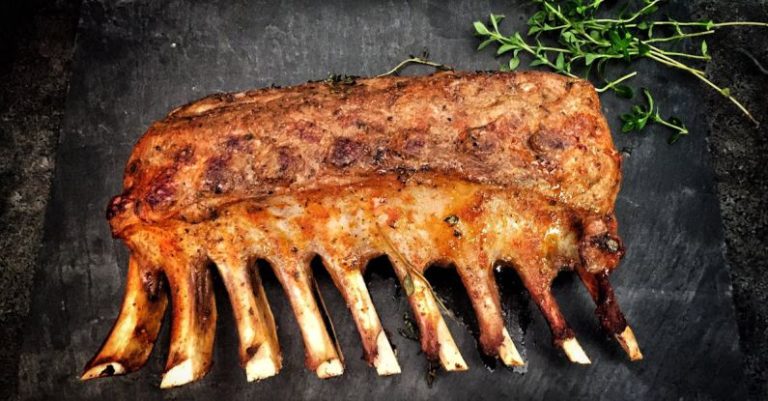
When it comes to choosing a cut of beef for a delicious meal, two popular options that often come to mind are ribeye and sirloin. Both cuts are flavorful and tender, making them favorites among steak lovers. However, despite their similarities, there are distinct differences between ribeye and sirloin that can influence your choice when selecting the perfect steak for your next meal.
**Ribeye: The King of Flavor**
Known for its exceptional marbling and rich, beefy flavor, ribeye is often referred to as the “king of steaks.” This cut comes from the rib section of the cow, specifically from the rib primal, which is located between the chuck and the short loin.
One of the defining characteristics of ribeye is its high fat content, which contributes significantly to its tenderness and flavor. The marbling in ribeye steak not only adds juiciness but also enhances the overall taste experience. When cooked, the fat melts into the meat, resulting in a succulent and flavorful steak that is hard to resist.
**Sirloin: The Versatile Option**
In contrast to ribeye, sirloin is a leaner cut of beef that comes from the area just behind the ribs, near the rear of the cow. Sirloin is known for its versatility, as it can be prepared in various ways and still deliver a satisfying dining experience.
While sirloin may lack the intense marbling found in ribeye, it makes up for it with a robust beef flavor and a firmer texture. This cut is a favorite among those looking for a leaner option without compromising on taste. Sirloin steaks are typically less fatty than ribeye but can still be quite tender when cooked correctly.
**Texture and Tenderness**
One of the primary differences between ribeye and sirloin lies in their texture and tenderness. Ribeye steak is renowned for its buttery texture and exceptional tenderness due to its high fat content. The marbling present in ribeye creates a melt-in-your-mouth experience that is hard to replicate with other cuts of beef.
On the other hand, sirloin steak tends to be firmer in texture, with a slightly chewier consistency compared to ribeye. While sirloin may not offer the same level of tenderness as ribeye, it makes up for it with a hearty beef flavor that appeals to those who prefer a leaner cut of meat.
**Cooking Methods**
Both ribeye and sirloin steaks can be cooked using a variety of methods, including grilling, pan-searing, broiling, or sous vide. However, due to their differences in fat content and texture, each cut may benefit from specific cooking techniques to bring out their best qualities.
Ribeye steak is well-suited for high-heat cooking methods like grilling or pan-searing, as the fat marbling helps keep the meat juicy and flavorful. The high fat content also makes ribeye less prone to drying out during cooking, making it an excellent choice for those who prefer their steak cooked to medium-rare or medium.
Sirloin steak, with its leaner profile, can also be cooked using high-heat methods but may require slightly more attention to prevent it from becoming tough. Marinating sirloin before cooking or using a meat tenderizer can help enhance its tenderness and juiciness, making it a delicious option for those who prefer a leaner cut of steak.
**In Summary: Choosing the Right Steak**
When it comes to choosing between ribeye and sirloin, the decision ultimately comes down to personal preference. If you’re looking for a steak with exceptional tenderness and rich flavor, ribeye is an excellent choice. On the other hand, if you prefer a leaner cut of beef with a robust beefy taste, sirloin may be more to your liking.
Both ribeye and sirloin offer unique qualities that cater to different preferences, making them versatile options for steak enthusiasts. Whether you’re grilling up a ribeye for a special occasion or pan-searing a sirloin for a quick weeknight meal, both cuts are sure to satisfy your craving for a delicious steak experience.





